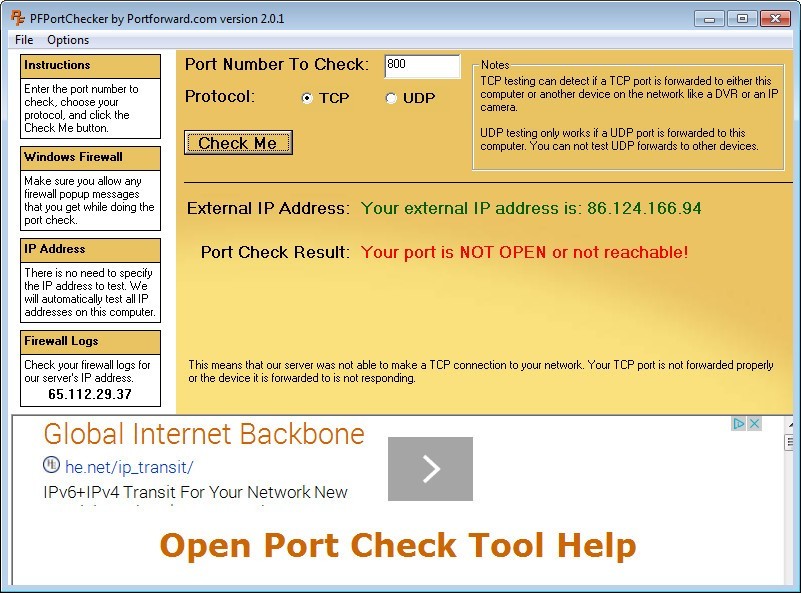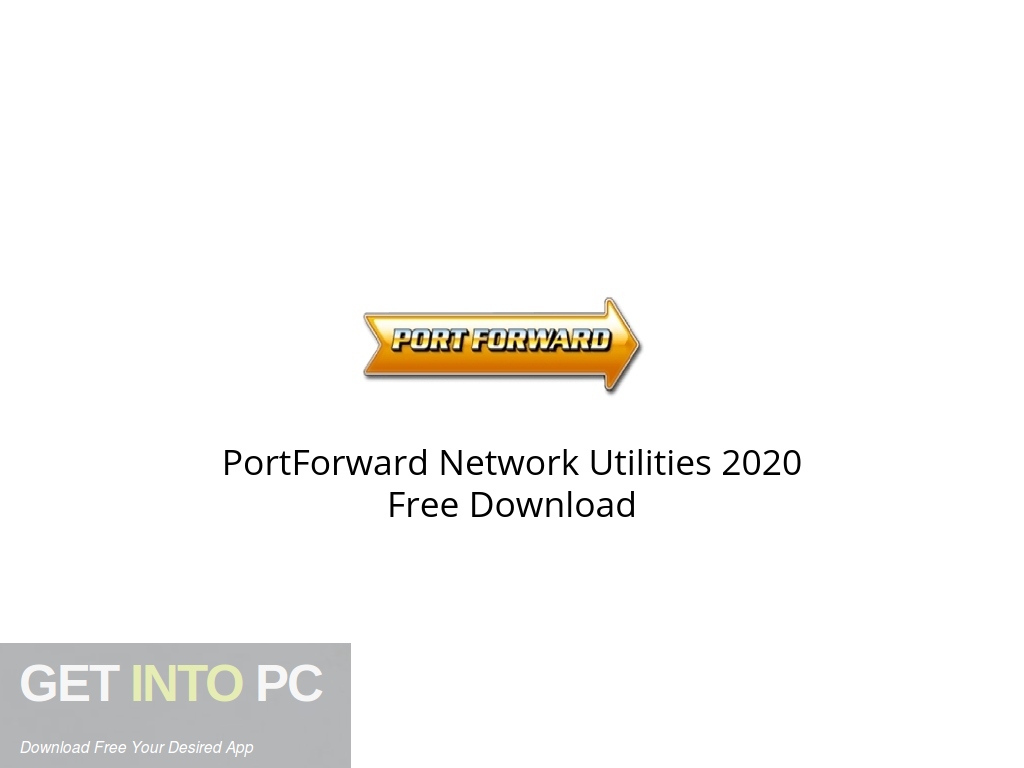

Securityīefore going on, it's worthwhile to point out the current debate over whether it makes any sense to include UPnP capability on a router. Go back to top The debate: Convenience vs. Specifically, it must be configured to pass TCP port 2869 and UDP port 1900. In addition, if there is a firewall on the local machine, it must be configured to allow the underlying TCP and UDP communications on which UPnP relies. Again, it might be necessary to enable UPnP on the router, since it might not be turned on by default.

With it, you can map a port-forwarding programmatically without user interaction.
#PORT FORWARD UTILITY HOW TO#
Moreover, it's often not easy to explain how to configure a router for port forwarding, for the reason that the method differs for each different type of router by each different manufacturer.

This process is called "port forwarding" or "NAT traversal" ("Network Address Translation").įor the ordinary user, this process can be daunting. To allow others on the Internet to connect to these programs, it is necessary to configure the router to accept incoming connections and to route the connection to a local machine on the LAN behind the router. Examples of these programs include P2P file sharing programs, interactive games and gaming, video conferencing, and web or proxy servers. This allows you to solve one of the more vexing problems for users of network programs that must accept an incoming connection from the Internet. Since 2002, most routers have UPnP capability. UPnP envisions a future where all devices are networkable and controllable over the network, such as light switches, thermostats, toasters, automobiles, etc. The idea is that a device can dynamically join a wired or wireless network, obtain an IP address, convey its capabilities, and learn about the presence and capabilities of other devices all over the network. UPnP extends this idea to the network: when a new network device is connected to the network, it can be automatically discovered over the network, and configured remotely from your machine over the network.

For example, with ordinary plug-n-play, when a new peripheral is connected to your machine, it is automatically discovered and configured from your machine without access to the peripheral itself. Universal Plug-n-Play ("UPnP") is an attempt to extend the concept of ordinary plug-n-play, so that it applies to more than just your own machine: it applies to the whole network.
#PORT FORWARD UTILITY CODE#
#PORT FORWARD UTILITY DOWNLOAD#


 0 kommentar(er)
0 kommentar(er)
